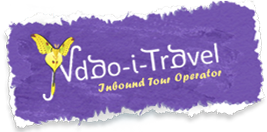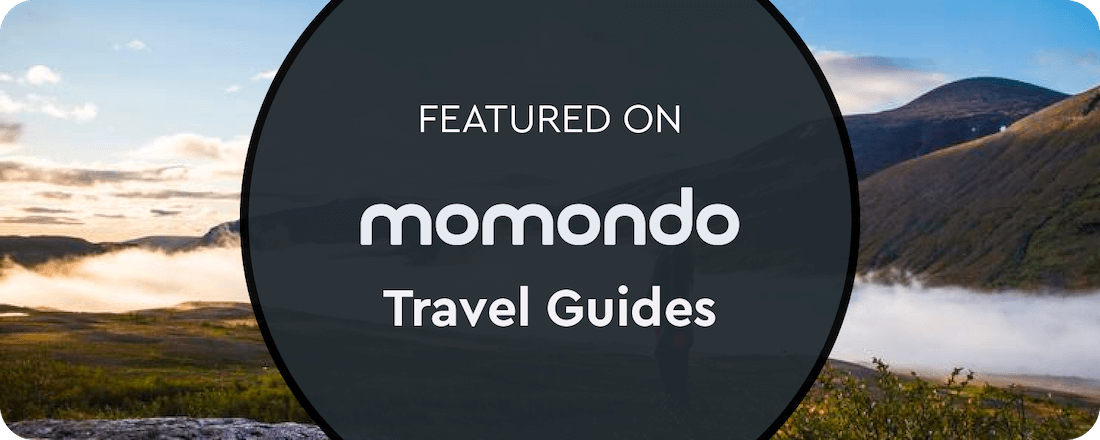New Protected Area Tsitongambarika
The New Protected Area of Tsitongambarika contains major parts of the last remaining low-altitude humid forests in southern Madagascar, being mainly distributed below 800 m altitude. Tsitongambarika rises out of the coastal plain of south-east Madagascar, extending north from Tolagnaro town (Fort Dauphin) for about 100 km. It is located south of the tropic of Capricorn at 23°26’S and includes some of the southernmost “tropical rainforest” in the world.
These forests are unique even within Madagascar, with flora and fauna quite distinct from lowland forests elsewhere: many species of plant and animal at Tsitongambarika are endemic not just to Madagascar, but to south-east Madagascar, some being known only from this site. Recent discoveries have included more than a dozen plant and animal species new to science, including frogs, lizards and snakes, and numerous other threatened species.
The Tsitongambarika forests comprise three forest management units in Anosy Region: Ivohibe Forest, near Antsotso Avaratra village, east of Fort Dauphin, Antsiriky Forest, in Mahatalaky Commune and Ivorona Forest, in Ifarantsa Commune in the west.
These forests lie along the Vohimena mountains, which consist of a series of ridges aligned from south-west to north-east. These mountains run parallel to the Anosyenne mountains, where Andohahela National Park is situated. The Vohimena mountains reach a maximum altitude of 1358 m, while the Anosyenne mountains are significantly higher, reaching a maximum altitude of 1956 m. On the western boundary the Manampanihy river flows northwards. Ivorona Forest constitutes the only extant forest corridor linking Tsitongambarika Forest in the east with Andohahela National Park in the west.
Besides, Manatantely Private Reserve is a part of the Tsitongambarika massif. This site is an area of eastern humid evergreen forest located on very uneven rocky relief formed by very abrupt valleys. The forest is characterized by an increasingly humid microclimate with increasing elevation. Manatantely Private Reserve is a tourist site, easily accessible from Tolagnaro (Fort Dauphin).
Much of the wildlife is endemic to Madagascar and many of the amphibians and reptiles are likely to be new to science. Twenty species of reptiles and amphibians, including 12 found in Tsitongambarika, are not found anywhere in Madagascar except the Anosy region. These species occupy various habitats, including lakes, agricultural land and fallow land, but the majority depends on humid evergreen forest.
Botanical collecting in the 2000s found at least seventy new species. The reserve supports areas of intact low- and mid-altitude, dense, humid evergreen forest, and sclerophyllous montane forest. At low altitudes the canopy is at 15m to 25m and dominated by Dracaena, Ilex, Oncostemum, Sorindeia, Syzygium and Tambourissa. At mid-altitudes the canopy is 12m to 20m high with trees of Macaranga, as well as species of Guttiferae, Monimiaceae, Moraceae and Myrtaceae. Macaranga is a tree endemic to Madagascar that grows only in the Southeast of Madagascar. This tree has yellow flowers which are very fragrant. Local apicultures place the hives at the feet of Macaranga trees to make a honey to have a unique taste and strong aroma.
The forest on Mount Ivohibe (677m) (more than one on the island with the same name) is an isolated peak with relatively undisturbed forest. An expedition, organized by the Royal Botanic Gardens, Kew in 2010 recorded twenty species of palms making it one of the richest sites for palms, in the southern part of the island. Sixteen species are either rare or threatened species according to IUCN red list data. Expedition members considered the forest on Ivohibe to be a 'site of major palm significance'.
The mammal surveys recorded seven bat species, including four species of conservation concern: Madagascar Flying-fox, Madagascar Fruit Bat, Peter’s Sheath-tailed Bat and Madagascar Rousette. The population of Flying-fox (Pteropus rufus) is particularly significant, numbering around 2000 individuals divided among four roosts.
Seven species of lemur were identified, comprising two diurnal species - Collared Brown Lemur (Eulemur collaris) and Grey Gentle Lemur (Hapalemur griseus) and five nocturnal species - Brown Mouse-lemur (Microcebus rufus), Greater Dwarf Lemur (Cheirogaleus major), Southern Woolly Lemur (Avahi meridionalis), Greater Sportive Lemur (Lepilemur mustelinus) and Aye-aye (Daubentonia madagascariensis). Two of these species Collared Brown Lemur and Grey Gentle Lemur are globally threatened. All of the lemur species recorded at Tsitongambarika can also be found at the nearby Andohahela National Park, where eight species have been recorded.
The area was assessed by BirdLife International to be an Important Bird Area in 2001 and since 2005, Asity Madagascar have been working with local communities to manage the area. An area of 600 km2 received government protection in 2015. Despite legal protection Birdlife International considers the forest to be in danger.
Among bird species, Tsitongambarika holds most of the bird species of the rainforests of Madagascar, including threatened species such as the Madagascar Red Owl, Brown Mesite, Short-legged Ground-roller, Scaly Ground-roller, Madagascar Crested Ibis and Red-tailed Newtonia.
The avifauna of Tsitongambarika is characterised by a very high endemicity rate: 57 of the 97 species recorded at Tsitongambarika (59%) are found only in Madagascar.
The brown mesite (Mesitornis unicolor) is a ground-dwelling bird of undisturbed primary, evergreen, humid forest and its population is thought to be declining rapidly. It is listed as vulnerable due its habitat along the eastern seaboard of Madagascar being fragmented. Other key species include Madagascar Blue Pigeon, Madagascar Wood-rail, Nuthatch Vanga, Red-fronted Coua, Pollen’s Vanga, Wedge-tailed Jery, Spectacled Tetraka and White-throated Oxylabes. In addition, the globally threatened Meller’s Duck, Madagascar Grebe and Madagascar Pond-heron were recorded on wetlands close to, but outside, Tsitongambarika forest.
Tsitongambarika is the only area in the South-East that supports significant areas of lowland forest. The Protected Area of Tsitongambarika is close to populated coastal villages and to the growing town of Fort Dauphin, 9 km to the south. During the last ten years, large portions of the humid forests near the town have been destroyed. In the southern part of Tsitongambarika, only small fragments remain of a formerly continuous band of humid forest. This extremely rapid deforestation is certainly linked to the recent economic development of Fort Dauphin, which has led to a greatly increased pressure on humid forests, particularly in the low-altitude zone.
The national road 12A that links Tolagnaro and Manantenina goes through the villages located in the eastern part of Tsitongambarika. Although it is not paved, it is accessible almost year round. To travel between Iabokoho and Manantenina, there are four ferry crossings, which can be problematic if a ferry is broken.




